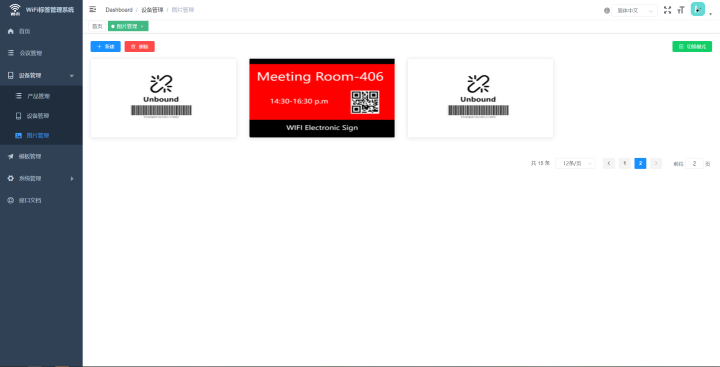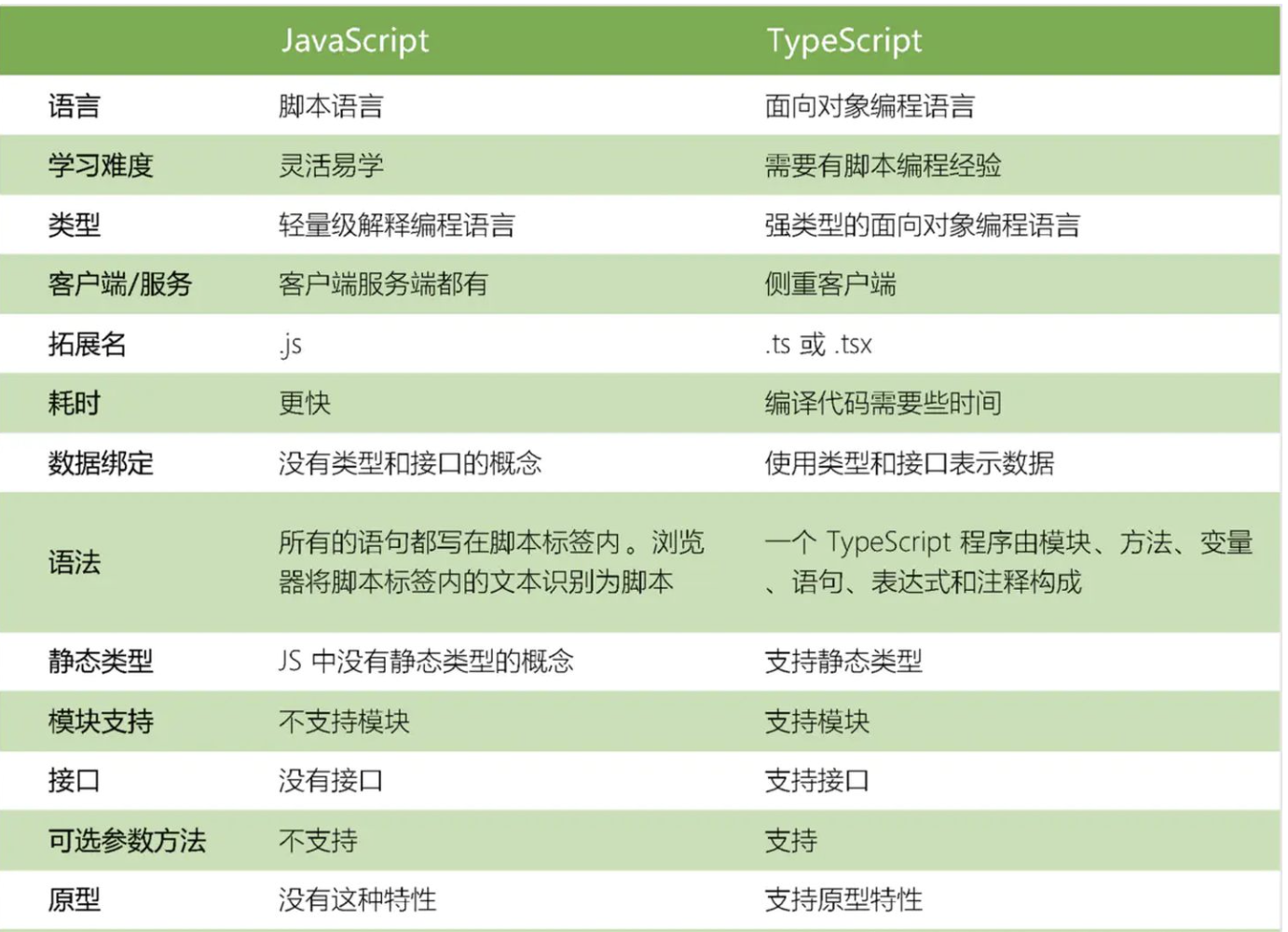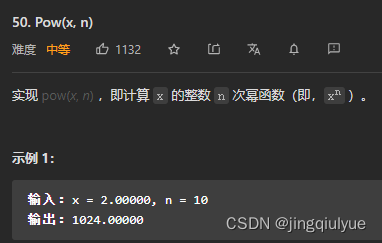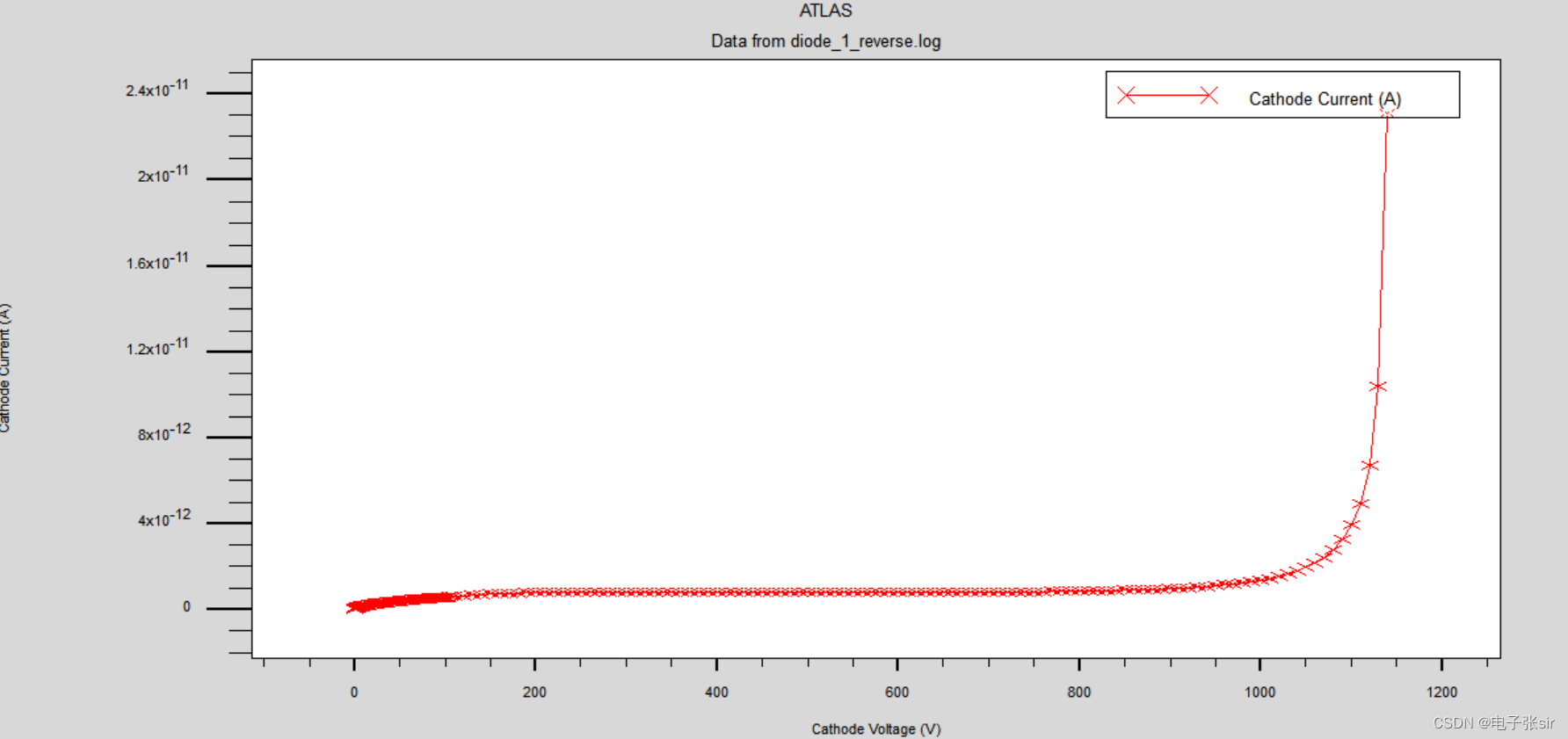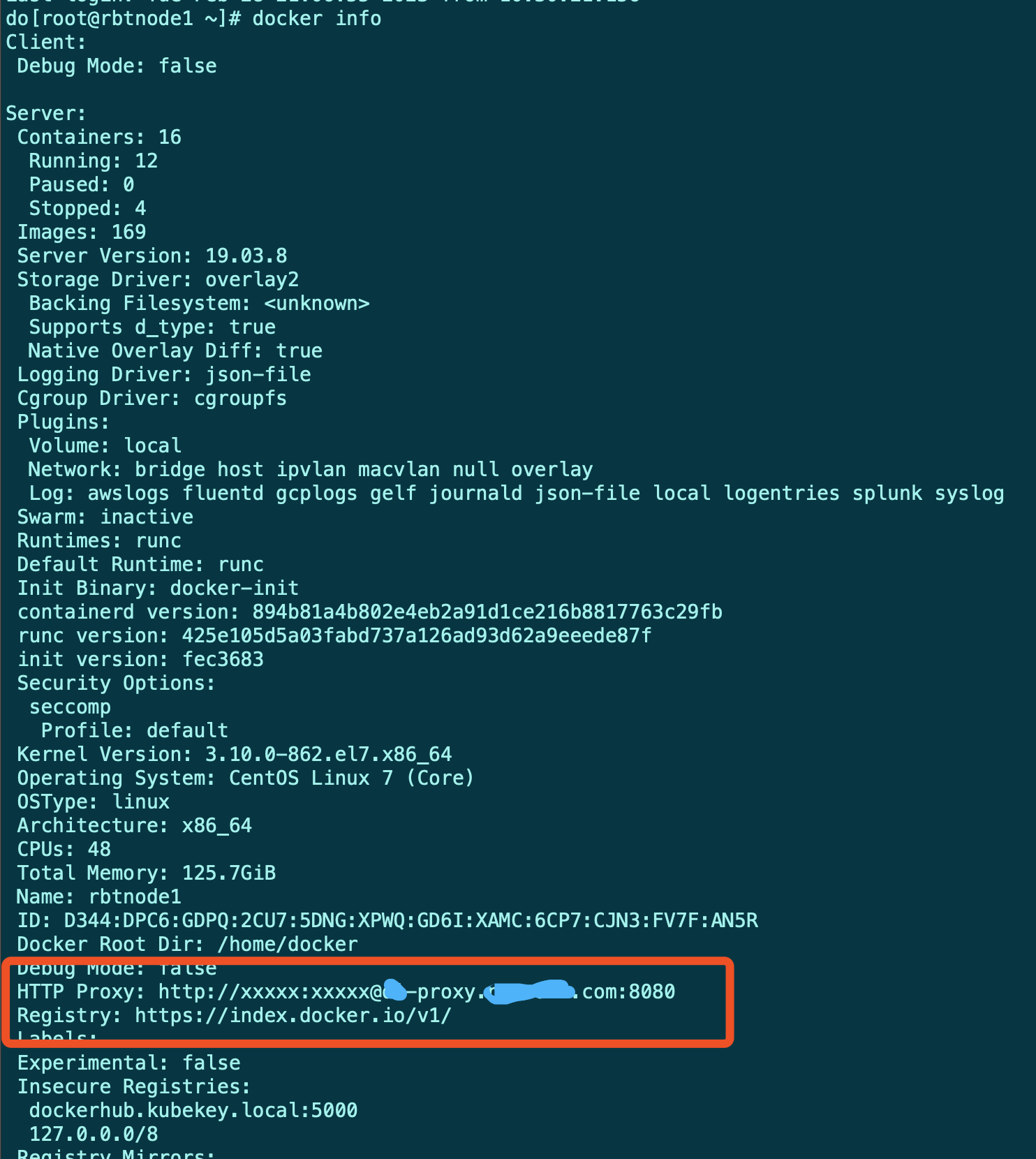面向对象编程/原型链/继承
面向对象编程
什么是面向对象编程?
面向对象是⼀种编程思想,经常被拿来和⾯面向过程⽐比较。其实说的简单点,面向过程关注的重点是动词,是分析出解决问题需要的步骤,然后编写函数实现每个步骤,最后依次调⽤用函数。而面向对象关注的重点是主谓,是把构成问题的事物拆解为各个对象,⽽而拆解出对象的目的也不是为了实现某个步骤,而是为了了描述这个事物在当前问题中的各种行为。
面向对象的特点是什么?是
封装:让使用对象的⼈不考虑内部实现,只考虑功能使用 把内部的代码保护起来,只留出一些 api 接口供用户使用
继承:就是为了代码的复用,从父类上继承出一些方法和属性,子类也有自己的一些属性
多态:是不同对象作用于同一操作产生不同的效果。多态的思想实际上是把“想做什么”和“谁去做“分开
比如下棋的过程,
面向过程是这样的:开局->白方下棋->棋盘展示->检查胜负->黑方下棋->棋盘展示->检查胜负->循环
用代码表示可能是一连串函数的调用
init();
whitePlay(); // 里面实现一遍下棋的操作
repaint(); // 棋盘展示
check();
blackPlay(); // 再单独实现一遍下棋的操作
repaint(); // 棋盘展示
check();
面向对象是这样的:棋盘->开局 ->选⼿->下棋-> 棋盘->重新展示-> 棋盘->检查胜负 ->选⼿下棋盘->重新展示棋盘->检查胜负
用代码表示可能是这样的
const checkerBoard = new CheckerBoard(); // CheckerBoard 类内部封账了了棋盘的操作,⽐如初始化棋盘,检查胜负关系等
const whitePlayer = new Player(‘white’); // Player 类内部封装了了各种玩家的操作,比如等待,落棋,悔棋
const blackPlayer = new Player(‘black’);
whitePlayer.start(); // start 方法的结束,内部封装了或者通过事件发布触发
checkerBoard.repaint(), checkerBoard.check()的调用blackPlayer.start();
你只需要调用 new 一个 player, 然后调用 start ⽅方法,也就是说我们只需要关注行为,而不需要知道内部到底做了什么。
而且如果要加一些新功能,比如悔棋,比如再加一个玩家,面向对象都很好扩展。在上面的例例子中,面向对象的特性是怎么表现出来的呢?
封装:Player, CheckerBoard 类,使⽤用的时候并不不需要知道内部实现了了什么,只需要考虑暴露出的 api 的使用
继承:whitePlayer 和 blackPlayer 都继承自 Player,都可以直接使用 Player 的各种⽅方法和属性
多态:whitePlayer.start() 和 blackPlayer.start() 下棋的颜色分别是白色和黑色什么时候适合使用⾯面向对象
可以看出来,在比较复杂的问题面前,或者参与方较多的时候,面向对象的编程思想可以很好的简化问题,并且能够更更好的扩展和维护。
而在⽐比较简单的问题面前,面向对象和面向过程其实差异并不明显,也可以一步一步地按照步骤来调用。
Js 中的⾯面向对象
对象包含什什么
方法
属性
一些内置对象
Object Array Date Function RegExp
创建对象
- 普通⽅方式
每一个新对象都要重新写一遍 color 和 start 的赋值
const Player = new Object();
Player.color = "white";
Player.start = function () {
console.log("white下棋");
};
或者工厂模式,这两种方式都无法识别对象类型,比如 Player 的类型只是 Object
function createObject() {
const Player = new Object();
Player.color = "white";
Player.start = function () {
console.log("white下棋");
};
return Player;
}
- 构造函数/实例
通过 this 添加的属性和方法总是指向当前对象的,所以在实例例化的时候,通过 this 添加的属
性和方法都会在内存中复制一份,这样就会造成内存的浪费。
但是这样创建的好处是即使改变了某一个对象的属性或方法,不会影响其他的对象(因为每一
个对象都是复制的一份)
function Player(color) {
this.color = color;
this.start = function () {
console.log(color + "下棋");
};
}
const whitePlayer = new Player("white");
const blackPlayer = new Player("black");
Tips. 怎么看函数是不是在内存中创建了次呢?
比如 2. 构造函数中,我们可以看到 whitePlayer.start === blackPlayer.start // 输出 false
- 原型
通过原型继承方法并不是自身的,我们要在原型链上一层一层的查找,这样创建的好处是只在内存中创建一次,实例例化的对象都会指向这个 prototype 对象。
function Player(color) {
this.color = color;
}
Player.prototype.start = function () {
console.log(color + "下棋");
};
const whitePlayer = new Player("white");
const blackPlayer = new Player("black");
- 静态属性
是绑定在构造函数上的属性方法,需要通过构造函数访问
比如我们想看一下一共创建了多少个玩家的实例
function Player(color) {
this.color = color;
if (!Player.total) {
Player.total = 0;
}
Player.total++;
}
let p1 = new Player("white");
console.log(Player.total); // 1
let p2 = new Player("black");
console.log(Player.total); // 2
原型及原型链
在原型上添加属性或者⽅方法有什么好处?
刚才已经说过了,如果不通过原型的方式,每生成一个新对象,都会在内存中新开辟一块存储空间,当对象变多之后,性能会变得很差。
但是通过
Player.prototype.xx = function () {};
Player.prototype.xx = function () {};
Player.prototype.xx = function () {};
这种方式向原型对象添加属性或者方法的话,又显得非常麻烦。所以我们可以这样写
Player.prototype = {
start: function () {
console.log("下棋");
},
revert: function () {
console.log("悔悔棋");
},
};
怎么找到 Player 的原型对象?
function Player(color) {
this.color = color;
}
Player.prototype.start = function () {
console.log(color + "下棋");
};
const whitePlayer = new Player("white");
const blackPlayer = new Player("black");
console.log(blackPlayer.__proto__); // Player {}
console.log(Object.getPrototypeOf(blackPlayer)); // Player {},可以通过
Object.getPrototypeOf来获取__proto__
console.log(Player.prototype); // Player {}
console.log(Player.__proto__); // [Function]
可以看一下 prototype.png 原型的流程图
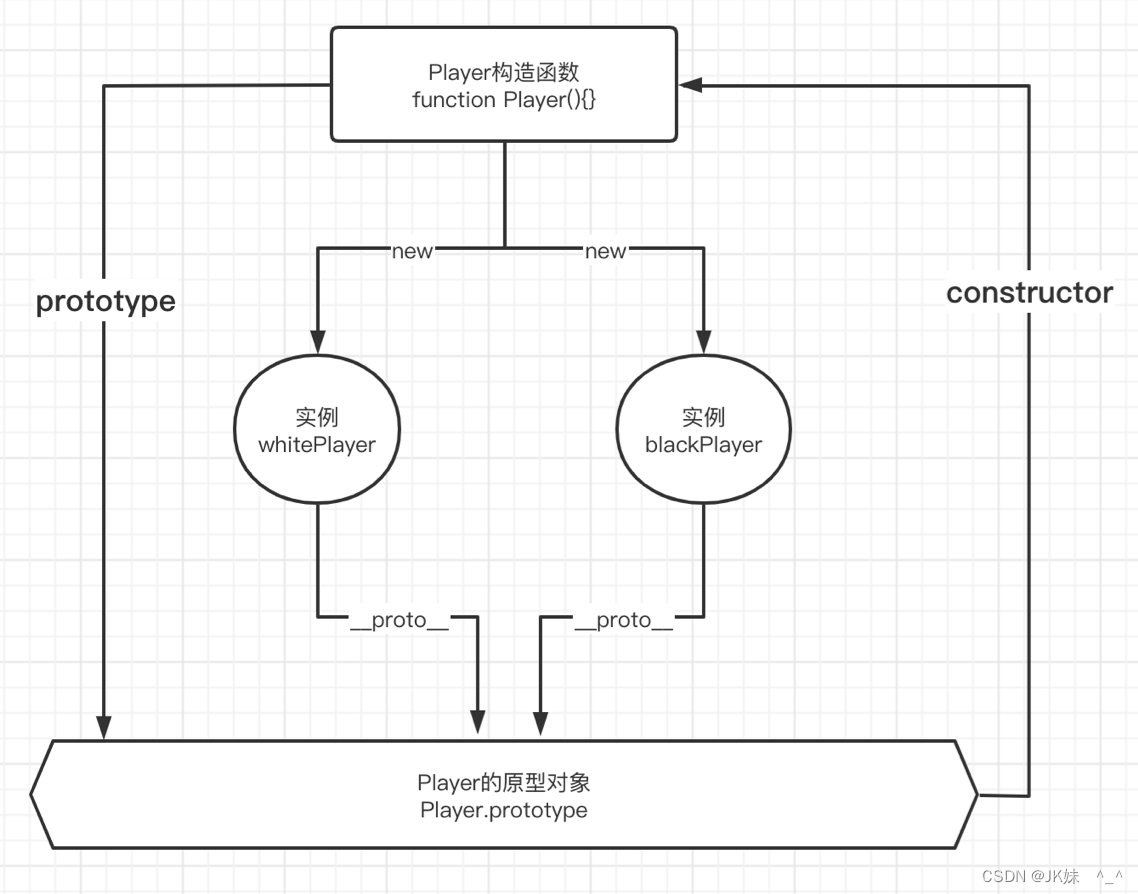
那么 new 关键字到底做了什么?
- ⼀一个继承⾃自 Player.prototype 的新对象 whitePlayer 被创建
- whitePlayer.proto 指向 Player.prototype,即 whitePlayer.proto = Player.prototype
- 将 this 指向新创建的对象 whitePlayer
- 返回新对象
4.1 如果构造函数没有显式返回值,则返回 this
4.2 如果构造函数有显式返回值,是基本类型,比如 number,string,boolean, 那么还是返回this
4.3 如果构造函数有显式返回值,是对象类型,比如{ a: 1 }, 则返回这个对象{ a: 1 }
后面看一下怎么手写实现 new 函数
// 1. 用new Object() 的方式新建了一个对象 obj
// 2. 取出第一个参数,就是我们要传入的构造函数。此外因为 shift 会修改原数组,所以arguments 会被去除第一个参数
// 3. 将 obj 的原型指向构造函数,这样 obj 就可以访问到构造函数原型中的属性
// 4. 使⽤用 apply,改变构造函数 this 的指向到新建的对象,这样 obj 就可以访问到构造函数中的属性
// 5. 返回 obj
function objectFactory() {
let obj = new Object();
let Constructor = [].shift.call(arguments);
obj.__proto__ = Constructor.prototype;
let ret = Constructor.apply(obj, arguments);
return typeof ret === "object" ? ret : obj;
}
原型链又是什么呢?
我们都知道当读取实例的属性时,如果找不到,就会查找与对象关联的原型中的属性,如果还
查不到,就去找原型的原型一直找到最顶层为止。
举个例子
function Player() {}
Player.prototype.name = "Kevin";
var p1 = new Player();
p1.name = "Daisy";
// 查找p1对象中的name属性,因为上⾯面添加了了name,所以会输出“Daisy”
console.log(p1.name); // Daisy
delete p1.name;
// 删除了了p1.name,然后查找p1发现没有name属性,就会从p1的原型p1.__proto__中去找,也就是Player.prototype,然后找到了name,输出"Kevin"
console.log(p1.name); // Kevin 那如果我们在 Player.prototype 中也找不不到 name 属性呢,那么就会去 Player.prototype.proto中去寻找,也就是{}。
Object.prototype.name = "root";
function Player() {}
Player.prototype.name = "Kevin";
var p1 = new Player();
p1.name = "Daisy";
// 查找p1对象中的name属性,因为上⾯面添加了name,所以会输出“Daisy”
console.log(p1.name); // Daisy
delete p1.name;
// 删除了了p1.name,然后查找p1发现没有name属性,就会从p1的原型p1.__proto__中去找,也就是Player.prototype,然后找到了name,输出"Kevin"
console.log(p1.name); // Kevin
delete Player.prototype.name;
console.log(p1.name);
}
这样一条通过proto和 prototype 去连接的对象的链条,就是原型链
继承
原型链继承
实现
function Parent() {
this.name = "parentName";
}
Parent.prototype.getName = function () {
console.log(this.name);
};
function Child() {}
// Parent的实例同时包含实例属性方法和原型属性方法,所以把new Parent()赋值给Child.prototype。
// 如果仅仅Child.prototype = Parent.prototype,那么Child只能调用getName,无法调用.name
// 当Child.prototype = new Parent()后, 如果new Child()得到一个实例例对象child,那么
// child.__proto__ === Child.prototype;
// Child.prototype.__proto__ === Parent.prototype
// 也就意味着在访问child对象的属性时,如果在child上找不到,就会去Child.prototype去找,如
果还找不到,就会去Parent.prototype中去找,从而实现了了继承。Child.prototype = new Parent();
// 因为constructor属性是包含在prototype⾥里里的,上⾯面重新赋值了prototype,所以会导致Child的
constructor指向[Function: Parent],有的时候使⽤用child1.constructor判断类型的时候就会出问题
// 为了了保证类型正确,我们需要将Child.prototype.constructor 指向他原本的构造函数Child
Child.prototype.constructor = Child;
var child1 = new Child();
child1.getName(); // parentName
隐含的问题
- 如果有属性是引⽤用类型的,⼀一旦某个实例例修改了了这个属性,所有实例例都会受到影响
function Parent() {
this.actions = ["eat", "run"];
}
function Child() {}
Child.prototype = new Parent();
Child.prototype.constructor = Child;
const child1 = new Child();
const child2 = new Child();
child1.actions.pop();
console.log(child1.actions); // ['eat']
console.log(child2.actions); // ['eat']
- 创建 Child 实例例的时候,不能传参构造函数继承
看到上面的问题 1,我们想一下该怎么解决呢?
能不能想办法把 Parent 上的属性方法,添加到 Child 上呢?⽽而不是都存在原型对象上,防止
被所有实例例共享。
实现
针对问题 1. 我们可以使⽤用 call 来复制⼀一遍 Parent 上的操作
function Parent() {
this.actions = ["eat", "run"];
this.name = "parentName";
}
function Child() {
Parent.call(this);
}
const child1 = new Child();
const child2 = new Child();
child1.actions.pop();
console.log(child1.actions); // ['eat']
console.log(child1.actions); // ['eat', 'run']
针对问题 2. 我们应该怎么传参呢?
function Parent(name, actions) {
this.actions = actions;
this.name = name;
}
function Child(id, name, actions) {
Parent.call(this, name); // 如果想直接传多个参数, 可以Parent.apply(this,
Array.from(arguments).slice(1));
this.id = id;
}
const child1 = new Child(1, "c1", ["eat"]);
const child2 = new Child(2, "c2", ["sing", "jump", "rap"]);
console.log(child1.name); // { actions: [ 'eat' ], name: 'c1', id: 1 }
console.log(child2.name); // { actions: [ 'sing', 'jump', 'rap' ], name: 'c2',id: 2 }
隐含的问题
属性或者方法想被继承的话,只能在构造函数中定义。⽽而如果方法在构造函数内定义了了,那么
每次创建实例都会创建一遍方法,多占一块内存。
function Parent(name, actions) {
this.actions = actions;
this.name = name;
this.eat = function () {
console.log(`${name} - eat`);
};
}
function Child(id) {
Parent.apply(this, Array.prototype.slice.call(arguments, 1));
this.id = id;
}
const child1 = new Child(1, "c1", ["eat"]);
const child2 = new Child(2, "c2", ["sing", "jump", "rap"]);
console.log(child1.eat === child2.eat); // false
组合继承
通过原型链继承我们实现了基本的继承,方法存在 prototype 上,子类可以直接调用。但是引用类型的属性会被所有实例共享,并且不能传参。通过构造函数继承,我们解决了上面的两个问题:使用 call 在子构造函数内重复一遍属性和方法创建的操作,并且可以传参了。
但是构造函数同样带来了一个问题,就是构造函数内重复创建方法,导致内存占用过多。是不是突然发现原型链继承是可以解决方法重复创建的问题? 所以我们将这两种方式结合起来,这就叫做组合继承
实现
function Parent(name, actions) {
this.name = name;
this.actions = actions;
}
Parent.prototype.eat = function () {
console.log(`${this.name} - eat`);
};
function Child(id) {
Parent.apply(this, Array.from(arguments).slice(1));
this.id = id;
}
Child.prototype = new Parent();
Child.prototype.constructor = Child;
const child1 = new Child(1, "c1", ["hahahahahhah"]);
const child2 = new Child(2, "c2", ["xixixixixixx"]);
child1.eat(); // c1 - eat
child2.eat(); // c2 - eat
console.log(child1.eat === child2.eat); // true
隐含的问题
调⽤用了两次构造函数,做了了重复的操作
- Parent.apply(this, Array.from(arguments).slice(1));
- Child.prototype = new Parent();
寄生组合式继承
上面重复调用了 2 次构造函数,想一下,我们可以精简掉哪一步?
我们可以考虑让 Child.prototype 间接访问到 Parent.prototype
实现
function Parent(name, actions) {
this.name = name;
this.actions = actions;
}
